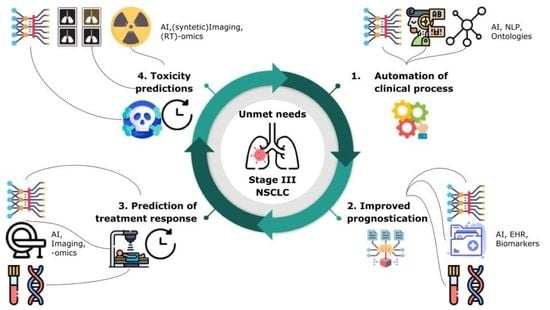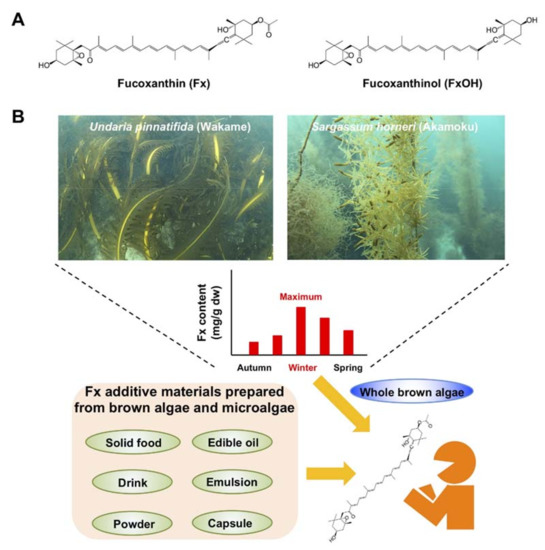Cancers 2021, 13(10), 2386; https://doi.org/10.3390/cancers13102386 - 14 May 2021
Cited by 10 | Viewed by 4252
Abstract
The lack of a sensitive and specific biomarker and the limits relating to the single primary tumor sampling make it difficult to monitor high-grade serous epithelial ovarian cancer (HGS-EOC) over time and to capture those alterations that are potentially useful in guiding clinical
[...] Read more.
The lack of a sensitive and specific biomarker and the limits relating to the single primary tumor sampling make it difficult to monitor high-grade serous epithelial ovarian cancer (HGS-EOC) over time and to capture those alterations that are potentially useful in guiding clinical decisions. To overcome these issues, liquid biopsy has emerged as a very promising tool for HGS-EOC. The analysis of circulating tumor DNA appears to be feasible and studies assessing specific pathogenic mutations (i.e., TP53) or copy number alterations have shown a sufficient degree of sensitivity and specificity to be realistically used to monitor the effectiveness of antitumor therapy. Liquid biopsy can also provide potential important information on the mechanisms of sensitivity and resistance, e.g., by the determination of the reversion of BRCA mutations. Perspective studies are needed to test whether the application of liquid biopsy will significantly improve HGS-EOC management and patients’ survival.
Full article
(This article belongs to the Special Issue Current Status and Future Perspectives of ctDNA-Based Liquid Biopsy in Cancers)
►
Show Figures














